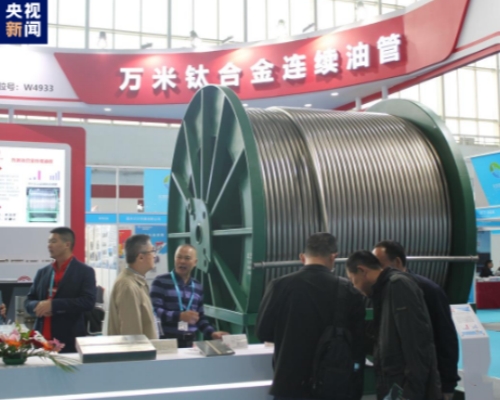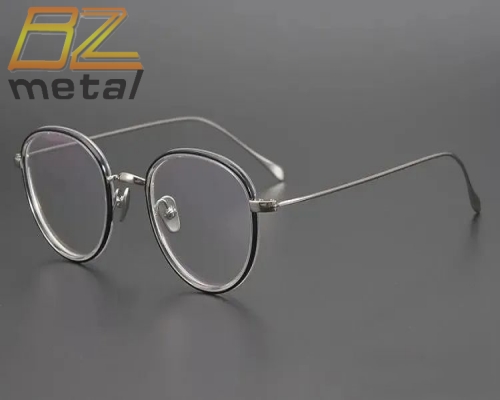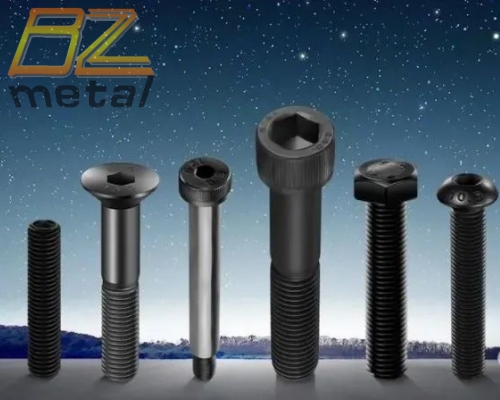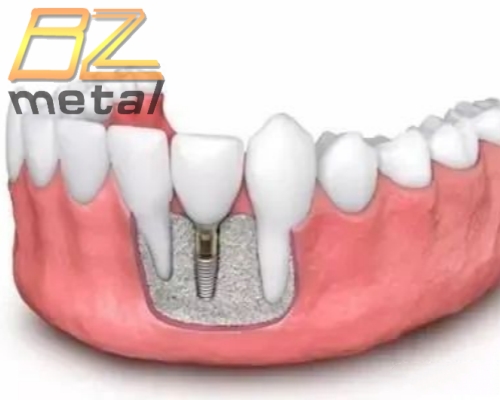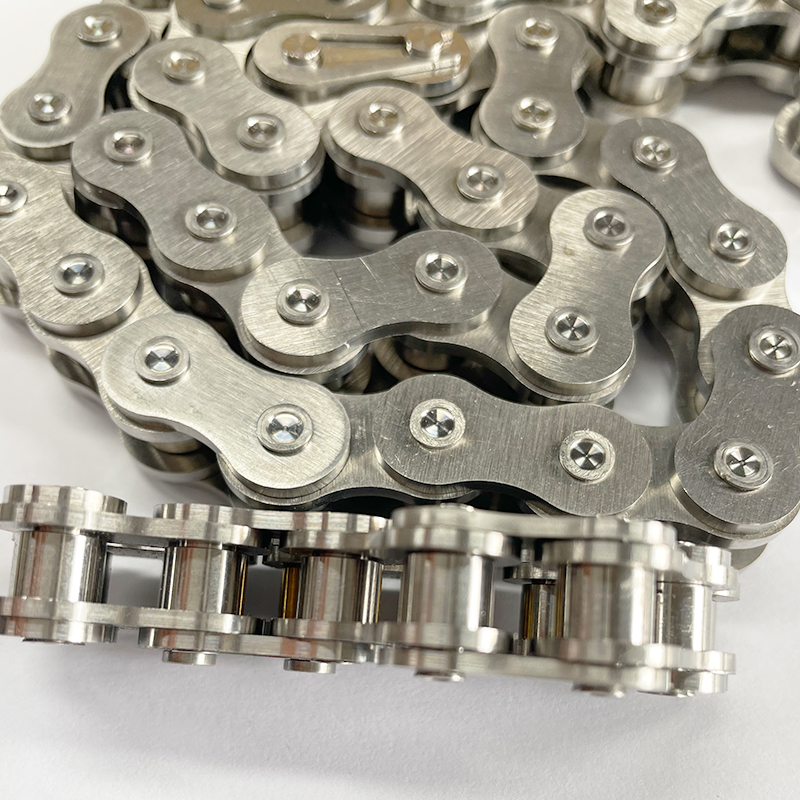The Whole Process of Titanium Flange Production: Casting, Forging, Heat Treatment
The Whole Process of Titanium Flange Production: Casting, Forging, Heat Treatment
1. Casting Flange:
Blank shape and size are accurate, small processing volume, low cost, but there are casting defects (pores, cracks). The internal structure of the casting is less streamlined (if it is a cutting part, the streamline is worse); forged flanges are generally lower in carbon than cast flanges and are not easy to rust, forged flanges are better in streamline, the organization is relatively dense, and the mechanical properties are better than cast flanges; improper forging process will also have large or uneven grains, hardened cracks, and the forging cost is higher than that of cast flanges.
Forgings can withstand higher shear and tensile forces than castings. The advantage of castings is that they can produce a more complex shape and have a relatively low cost; and the internal organization is uniform, there are no harmful defects such as casting pores and inclusions; casting flanges and forged flanges are distinguished from the production process, such as centrifugal flanges, which belong to a kind of casting flanges.
Centrifugal flange belongs to the precision casting method. This kind of casting is much finer than ordinary sand casting, and the quality is improved a lot. It is not easy to have loose tissue, pores, trachoma and other problems.
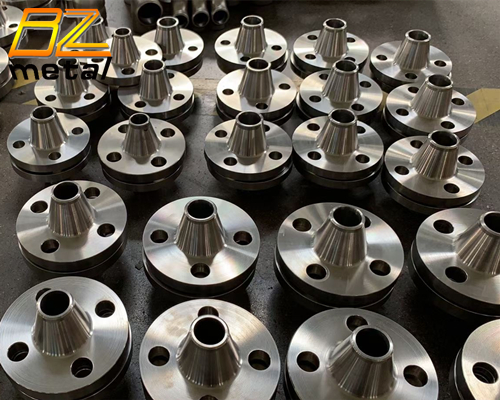
2. Production Process of Forged Flanges
Select high-quality steel billet cutting, heating, forming, and cooling after forging. Forging process methods are free forging, die forging and tire die forging. During production, different forging methods are selected according to the quality and size of forgings and the number of production batches.
The basic process of free forging: When free forging, the shape of the forging is gradually forged into the blank through some basic deformation processes. The basic processes of free forging are upsetting, drawing, punching, bending and cutting.
1) Upsetting: It is the operation process of forging the original blank along the axial direction to reduce its height and increase its cross-section.This process is commonly used in forging gear blanks and other disc-shaped forgings. Upsetting is divided into two types: total upsetting and local upsetting.
2) Drawing Length: It is a forging process that increases the length of the blank and reduces the cross-section. It is usually used to produce shaft parts, such as lathe spindles, connecting rods, etc.
3) Punching: The forging process of punching out through-holes or through-holes on the blank with a punch.
4) Bending: A forging process that bends the blank into a certain angle or shape.
5) Torsion: A forging process that rotates one part of the blank at an angle relative to the other part.
6) Cutting: The forging process of dividing the blank or removing the head.
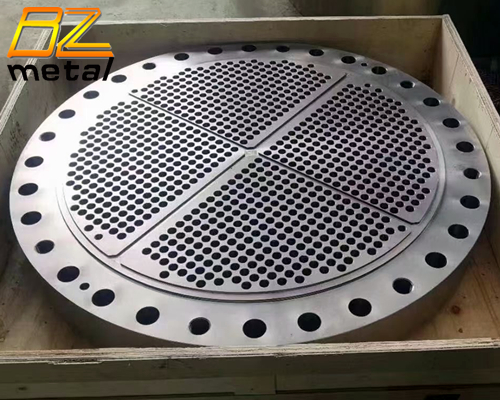
Die forging: the full name is model forging, and the heated blank is placed in the forging die fixed to the die forging equipment for forging. Basic process: cutting, heating, pre-forging, final forging, punching, trimming, quenching and tempering, shot peening. Commonly used processes are upsetting, drawing, bending, punching, forming. Commonly used die forging equipment Commonly used die forging equipment is a die forging hammer, hot die forging press, flat forging machine and friction press. In layman's terms, forged flanges are of better quality, generally produced by die forging,the crystal structure is fine, the strength is high, and of course the price is also more expensive.
3. Cutting Flanges
Directly cut out the flange on the middle plate with the processing amount of inner and outer diameter and thickness of the disc, and then process the bolt hole and waterline. The flange produced in this way is called a cutting flange, and the maximum diameter of such a flange is limited by the width of the middle plate.
4) Rolled Flanges
The process of cutting strips with a medium plate and then rolling them into a circle is called rolling, which is mostly used for the production of some large flanges. After the roll is successfully welded, then flattened,and then processed by the process of waterline and bolt hole.

